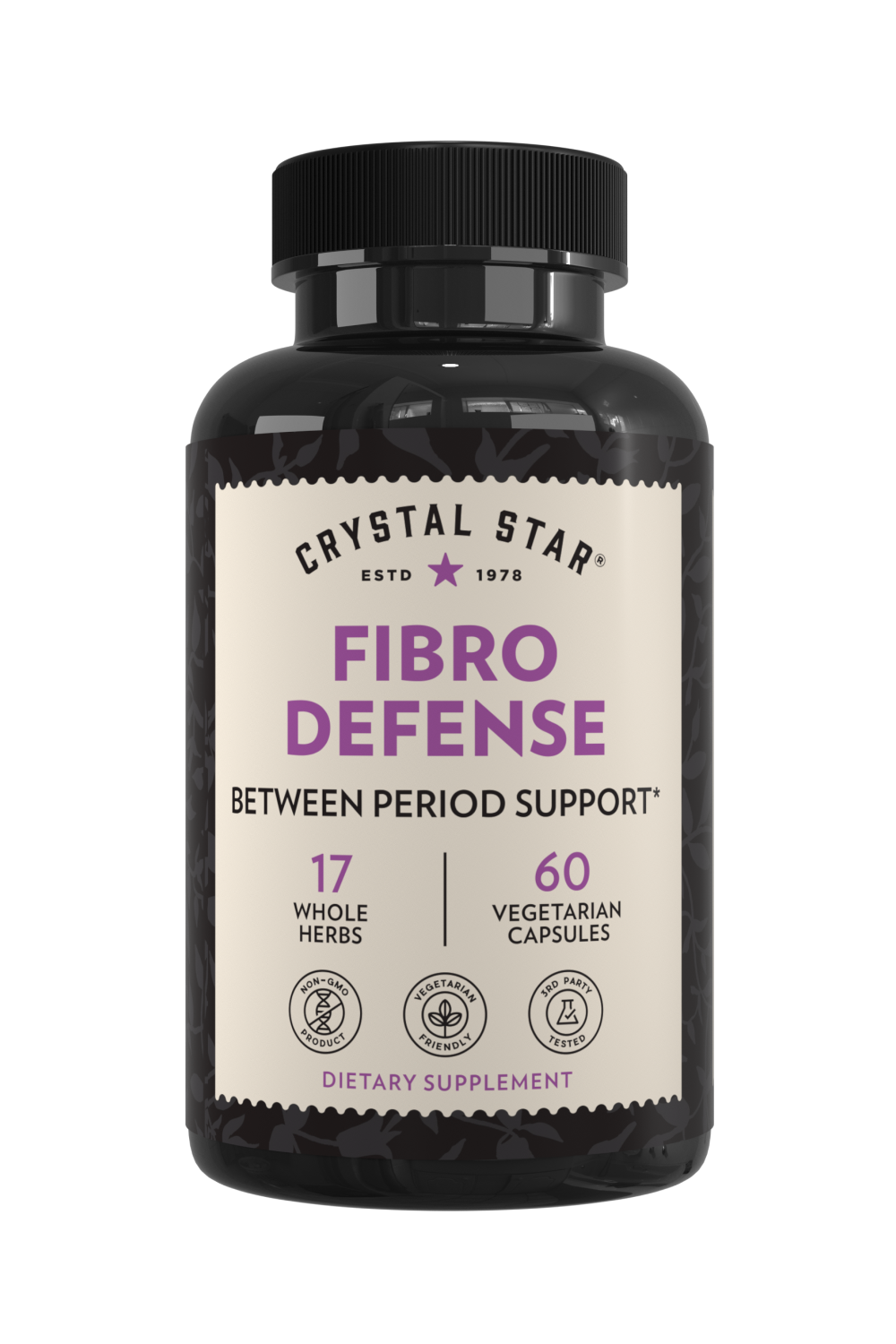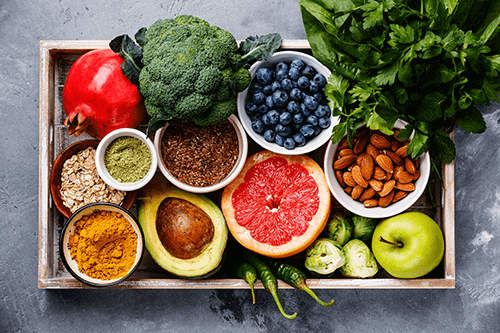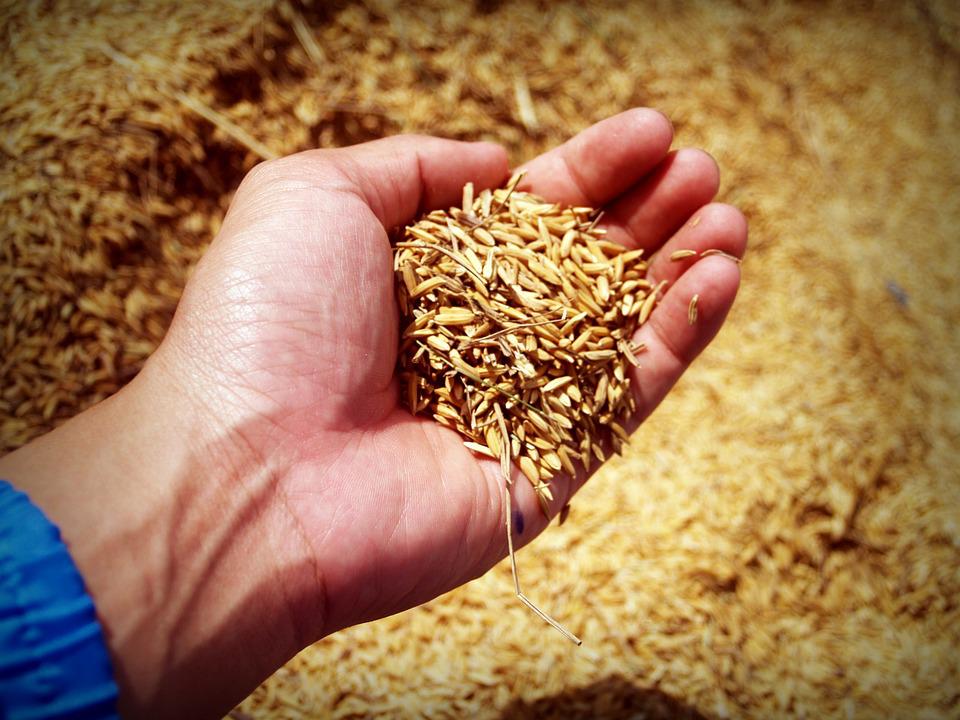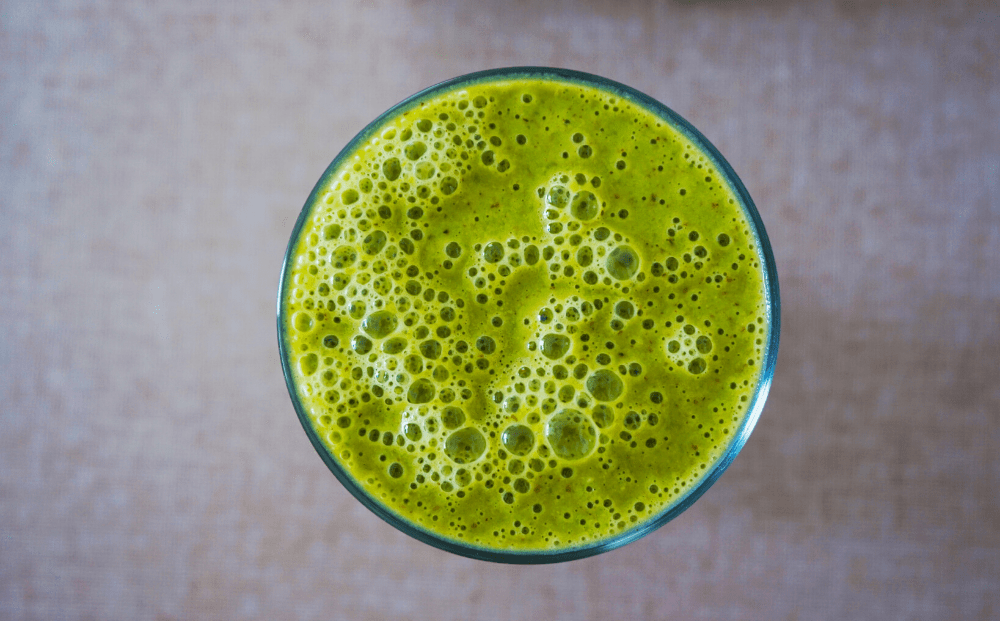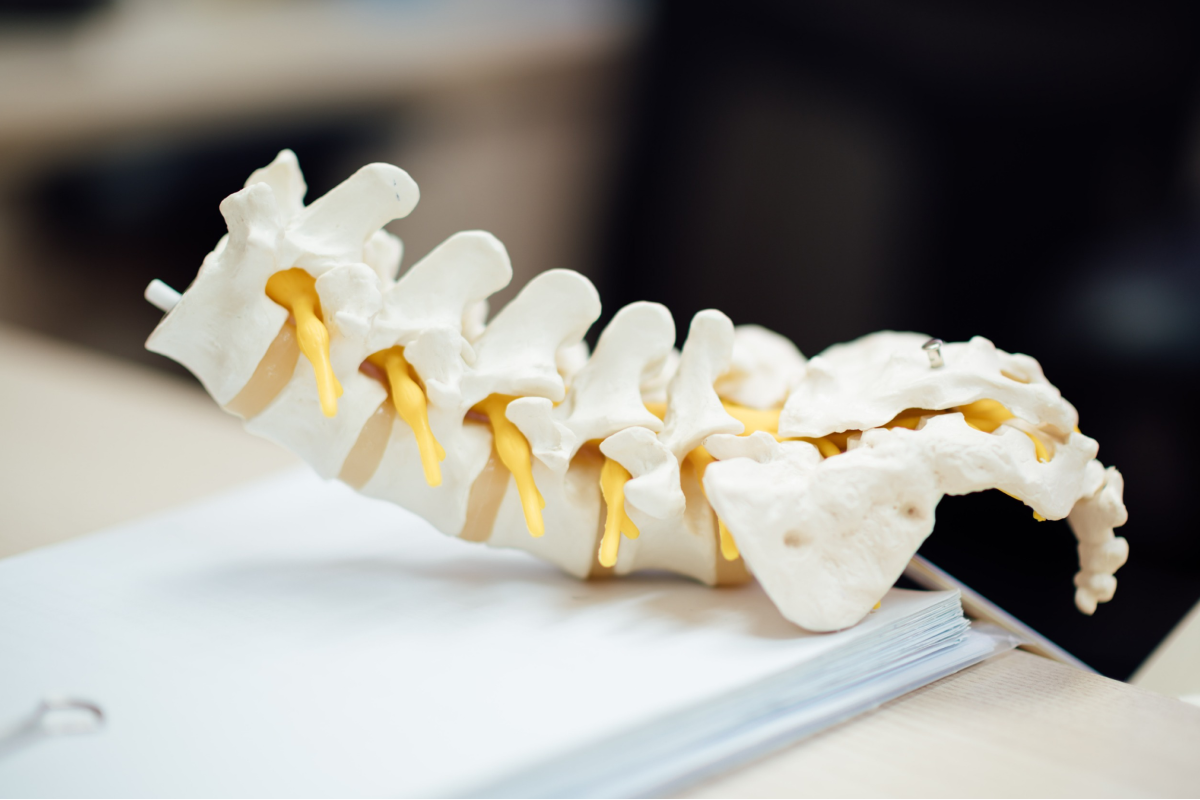
BACK PAIN RELIEF: WHAT YOU HAVEN’T TRIED
Back pain is tricky to manage. It can be sharp or dull, chronic or unpredictable, and it’s often a symptom of multiple issues involving both your body and your mind. Worse? Treatments offering fast relief can be outright scary.
In the United States, over a decade of pharmaceutical quick-fixes has created a devastating epidemic of opioid addiction, derailing and ending thousands of lives. Even your friendly over-the-counter pain relievers come with risks. Studies dating as far back as 1986 show that NSAIDS like naproxen and ibuprofen are associated with gastrointestinal inflammation and permeability, a.k.a. leaky gut syndrome.
The good news? The more insight researchers gain into the mind-body connection and plant-based healing, the more options we have to safely manage our back pain, and our health, at home.
WHAT CAUSES BACK PAIN?
Unfortunately, lots of things. Emotional stress, shoes, mattresses, chairs, computers, dehydration, nutritional deficiencies, injury, and chronic health conditions like arthritis or scoliosis. In short, (modern) living.
But while our back pain may be a modern woe, many of the care principles below are time-tested and in some cases, ancient. These simple, low-cost, and safe adjustments to your self-care routine can go a long way towards reducing your pain.
Consult with your doctor before attempting at-home care if you have a herniated disc or scoliosis, new, sharp, or debilitating pain, or mobility issues. Otherwise, feel free to try our healing protocols below. You know your body best, so listen to it throughout this process and most of all be kind and patient with yourself as you establish new habits. Gradual improvement is often the most lasting.
NUTRITIONAL SUPPORT
Foods to add
Dull back pain that doesn’t respond to heat, rest, or manual therapies may be due to dehydration, and insufficient protein or essential minerals like calcium can also play a role. Aim to drink between 8 and 12 glasses of water daily (you should rarely feel thirsty) and eat plenty of plant proteins like beans, brown rice, or tofu. Shellfish, fish, and protein-rich sea-greens like kelp, dulse, or nori are also rich in vital minerals like sodium, potassium, calcium, magnesium, phosphorus, and iron.
Stock up on anti-inflammatory foods like fresh and steamed vegetables and juices, sprouted whole grains, miso soups, brown rice, umeboshi plums, lemons and limes.
Foods to avoid
Cut back on inflammatory foods like sugar, red meats, caffeine, and dairy (except for yogurt and kefir). Overall, it’s a good idea to reduce fat—the greater the fat deposits in your body, the greater the risk of spinal disc degeneration.
HERBS, SUPERFOODS, AND SUPPLEMENTS
The herbs and superfoods below contain a wealth of non-addictive bioactives that can help address back pain, tension, and inflammation. Depending on the type of pain you’re experiencing, supplements may also give you some relief. Plan to incorporate no more than two or three of these recommendations at a time.
Ease tense muscles
Back pain is often the result of strained or overworked muscles, so start with a blend containing pain-targeting herbs like cramp bark, Jamaican dogwood, black haw, and rosemary. A good formulation will include assisting herbs like valerian, red raspberry, and St. John’s wort.
Soothe inflammation
If your pain persists, try addressing inflammation. For best effect over the long-term, combine an herbal blend with protease like pineapple-derived bromelain to help your body assimilate bioactives (1). An effective blend will use an anti-inflammatory like turmeric and include supporting herbs like Gotu kola, Jamaican dogwood, burdock, and white willow (which contains a compound similar to aspirin). Aloe-based drinks are also an excellent way to harness the power of this anti-inflammatory superfood.
If you suspect nerve inflammation, potassium is key. Take 500mg daily, or try a more readily-absorbed potassium-rich green drink. 200mg daily of Coenzyme Q-10 can also assist with nerve pain, as can herbal blends containing devil’s claw. (2)
CBD OIL FOR BACK PAIN?
Cannabidiol (CBD) is a non-psychoactive compound that comes from either marijuana or hemp —two different plant varieties of the Cannabis sativa species. Legal confusion aside, CBD acts on the body’s natural cannabinoid receptors, which help regulate sleep, appetite, pain, and other functions. In other words, CBD is a promising option for back pain management, but we recommend you read up on dosing best practices before beginning a protocol. Every body will react to CBD differently and it can interact with certain medications, so check with your doctor to make sure you’re in the clear.
BODYWORK
Heat
Don’t knock heat until you’ve tried it. Stress-related tension tends to accumulate in the lower back, neck and shoulders, and daily heat wraps or pads can act as natural muscle relaxers. Microwavable pads containing chamomile or lavender add clinically-proven calming effects to your routine.
Cold
Heat not bringing relief? Switch to inflammation-calming ice packs if your pain lasts over 48 hours
Yoga (with caveats)
Yoga can be wonderful for back hygiene and stress management, but as with most physical activity it’s important to listen to your body during your practice. If you’re a first-time practitioner, look for foundational studio classes or online videos that show you how to protect your spine and joints, especially during forward-folds and backbends. More than passively recreating shapes, the real benefits of yoga arrive when you purposely engage certain muscle groups in certain postures, and the best teachers will offer modifications that assist all body types and abilities.
WHEN TO CALL A PROFESSIONAL
Knowledge is power, but too much knowledge is overwhelming. If you aren’t sure where to begin, consult with an integrative physician or naturopath, or give our staff herbalist a call. Massage therapists, acupuncturists, osteopaths, and chiropractors can offer relief, and if the idea of spinal adjustments makes you uncomfortable, ask your chiropractor for alternatives. Whatever your first step, know that your pain matters and there are many paths to healing it.
(1) High doses of bromelain or other protease may affect bleeding and should be used with caution.
(2) CoQ10 may reduce the effectiveness of blood thinning drugs like Warfarin. Consult with your doctor on the remedies you’re taking.


